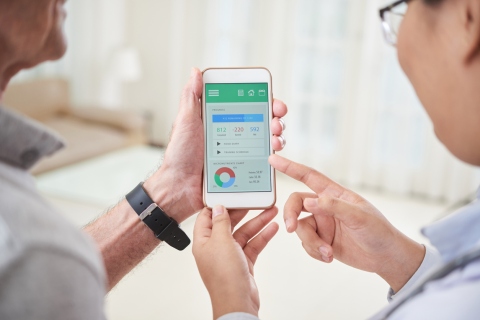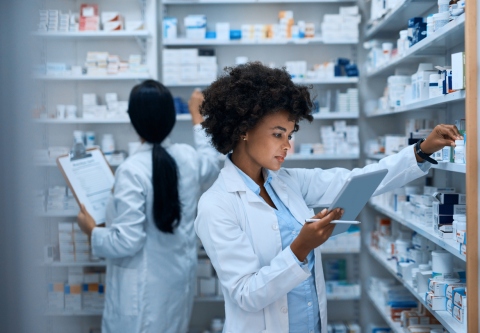Throughout history, healthcare has constantly evolved to provide patients with the most effective treatment possible. However, with the rise of technology such as AI, there have been new medical breakthroughs that could change healthcare forever. Here are six of the latest healthcare innovations in the industry:
Artificial Intelligence (AI)
One of the biggest healthcare innovations is Artificial Intelligence. In fact, some consider AI to be the biggest healthcare revolution of the 21st century, altering everything from how providers treat patients to the business side of the industry. Lately, AI has been detecting and diagnosing diseases quicker than conventional means. For example, health-tech company Qure.ai is partnering with drug giant AstraZeneca to scale up its deep-learning algorithm, which has already shown a 17% improvement when using AI to examine chest X-rays for lung cancer compared to conventional readings.
Virtual and Augmented Reality
Virtual Reality (VR) has been aiding patients and hospital staff in unexpected ways. Most notably, VR has been successful in helping patients manage their long-term chronic pain and mental health conditions. Augmented Reality (AR) also provides digital information for surgeons as they work, eliminating the need to look at separate screens.
3D Printing
The popularity of 3D printing in hospitals has steadily increased throughout the years from only three U.S. hospitals having the facilities for it in 2010 to 113 hospitals in 2019. This is one of the healthcare innovations that has helped create dental implants, replacement joins, and prosthetics. Faster production of these products will reduce their cost in the long term. Other potential uses in the future include manufacturing organs, which may help with the chronic shortage of organs available for transfer.
Telemedicine 2.0
The popularity of telemedicine skyrocketed because of COVID-19, but remote care is here to stay. In fact, this technology will only advance in the near future. With wearable devices connected to the global network known as the Internet of Things (IoT), healthcare providers can treat their patients from long distances, beyond even the remote consultations that became common during the pandemic.
Virtual Healthcare Assistants
Along with detecting and diagnosing ailments, AI can mediate between providers and their patients. Virtual assistants and chatbots can help schedule appointments, making it easier for patients to receive the care they need. They also encourage patients to care for themselves by reminding them to take their medication and get plenty of exercise. Lastly, they provide support to clinicians by giving them advice on the patient’s diagnosis and treatment.
Personalized Medicine
This approach is changing how healthcare providers use technology and data to better serve people individually. Researchers believe that personalized medicine will lead to better patient outcomes and more efficient use of hospital resources. The most advanced case of this practice in action is with genomics, where providers use AI to analyze patients’ DNA as well as personalize their medicine on a molecular level.
These healthcare innovations will make treatment more manageable and accessible for patients and providers alike. For more healthcare-related content, follow the Avidity Medical Design Blog. Are you interested in learning how a balanced diet can help your body fight off illnesses? For a limited time, the Avidity Medical Design Academy is offering the course “How to Prevent Disease in Your Body by Eating Fruits and Vegetables” for free, along with a Free Action Plan and additional resources. Also, visit the Avidity Medical SCENTations page for sweet-smelling soaps and candles to promote relaxation.



























